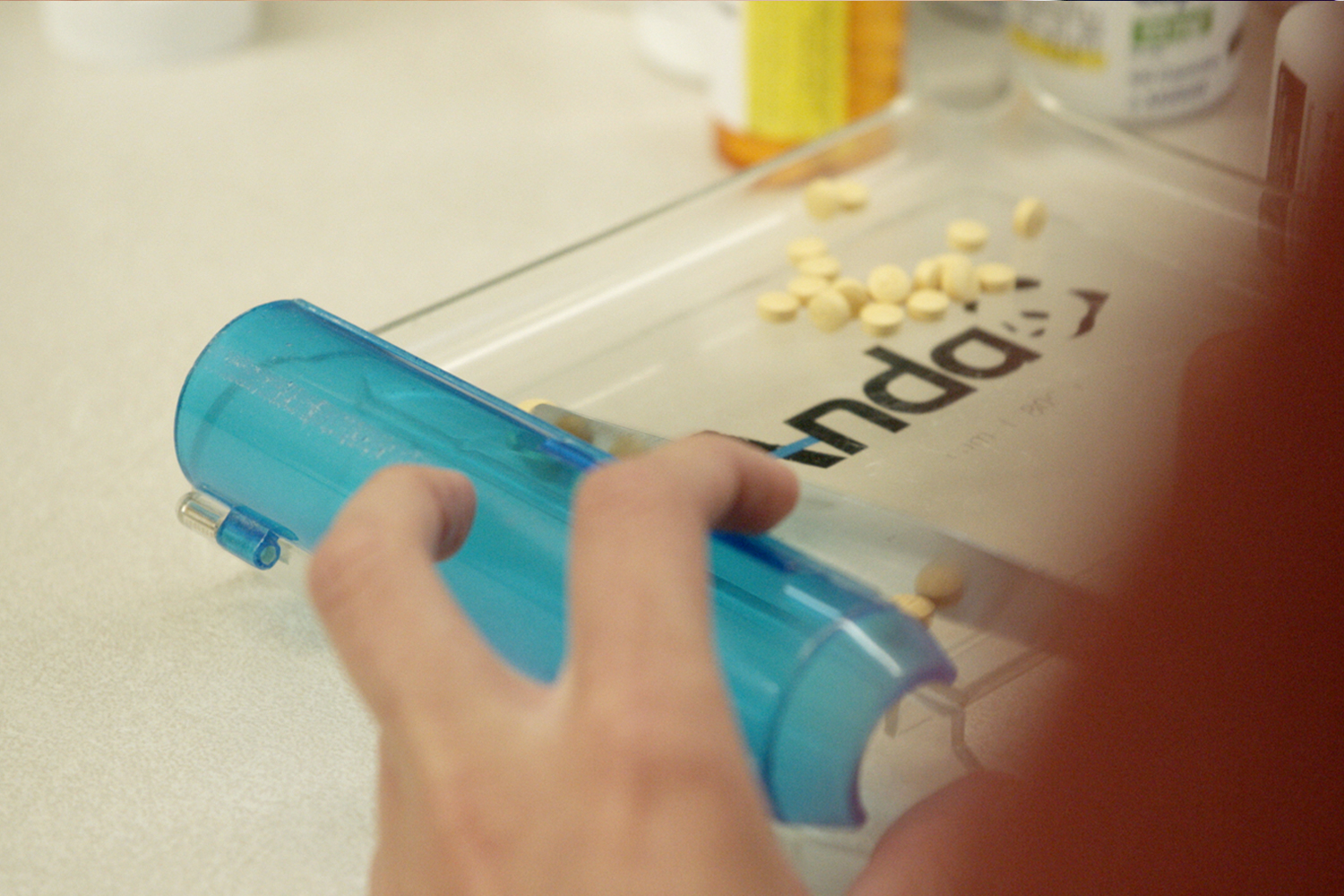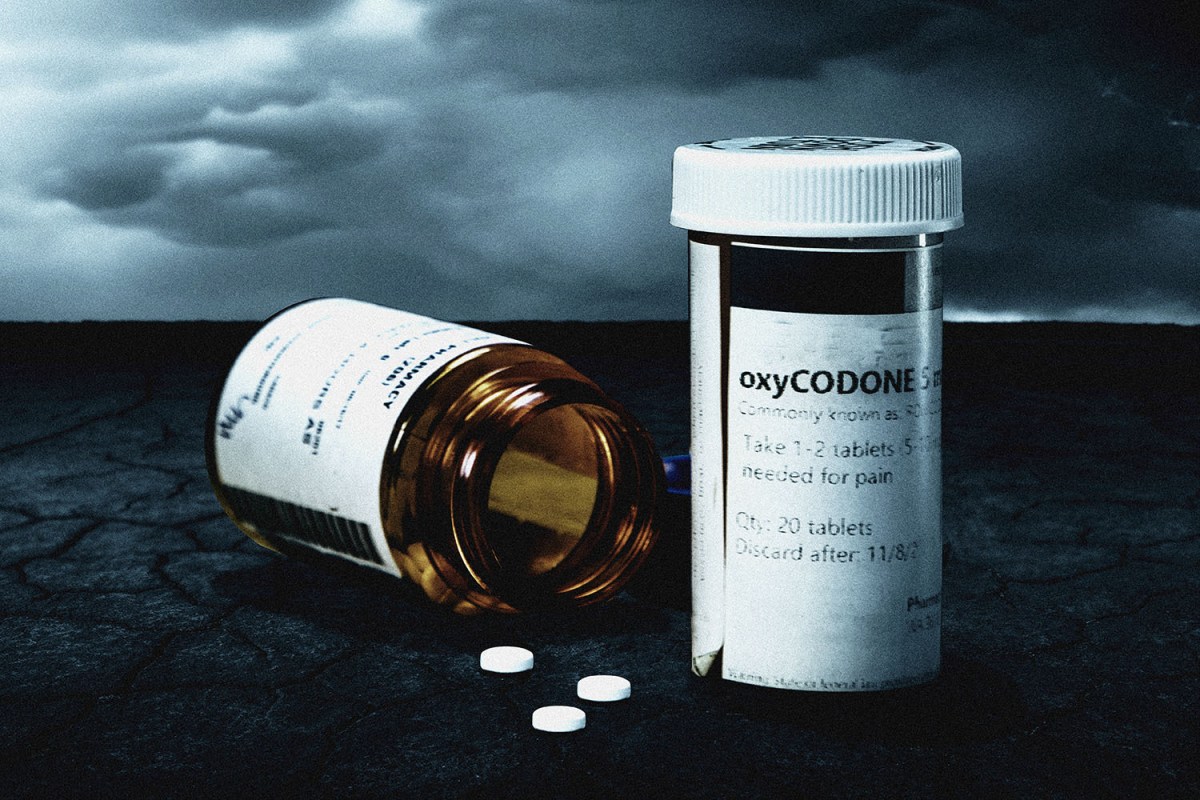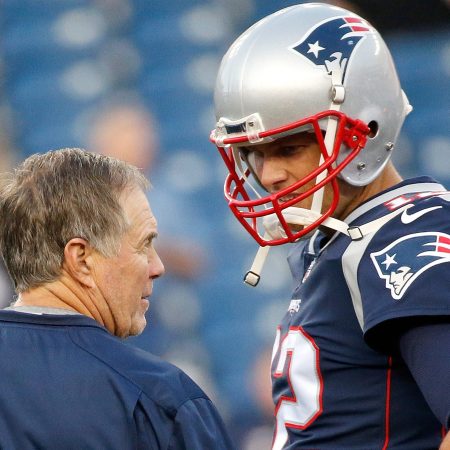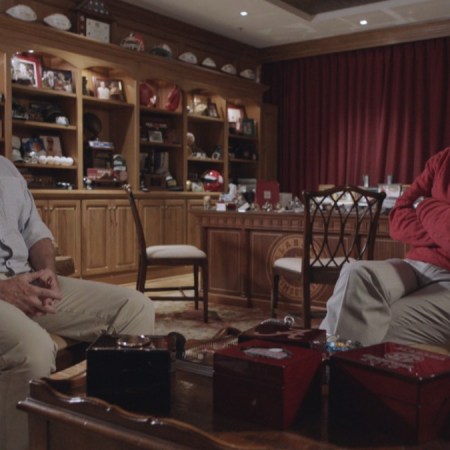If you, like me, are in need of a counterbalance to the sudden over-presence of pharmaceutical brand names in the cultural language, The Crime of the Century, a new documentary about the pharma industry’s manufacturing of the opioid crisis, provides a clear-eyed corrective. Corporate malfeasance has long been one of director Alex Gibney’s favorite topics, whether by investigations of individual scale (the Oscar-nominated Enron: The Smartest Guys in the Room) or through more wide-ranging treatises (2010’s underrated Park Avenue). But in recent years, Gibney has shown an increasing interest in the U.S. healthcare system, first with 2019’s The Inventor (about the unraveling of Theranos) and then last year with Totally Under Control, the film he co-directed about the disastrous U.S. response to the pandemic. This shift makes obvious sense. Because in America so much of healthcare is managed and delivered through private businesses, stories of medical scandal are often by nature stories of corporate scandal.
The Crime of the Century opens with the Sackler family, the billionaire dynasty behind Purdue Pharma and its most infamous product, Oxycontin. The film is somewhat of an informal companion piece to the new book Empire of Pain from New Yorker writer Patrick Radden Keefe, which itself is a deep exploration of the family and its role in creating the crisis. Radden Keefe appears frequently in the film, and some of what the film has to say about the Sacklers was first reported by him, whether for the magazine or in his book. The Sacklers rise to supremacy is classically drawn: a family of early 20th-century immigrants turned paragons of American greed, their heirs left to bear an ignominious legacy that’s run far out of their control. Their presence makes a tragic and brutal issue easier to digest, but for Gibney, the Sacklers are just an entry point.
The setup of the film is centered around the title’s promised crime. Gibney reveals that the original FDA approval of Oxycontin was itself the result of a criminal conspiracy. Leaked documents discussed in the film (as well as in Empire of Pain) show that Purdue worked closely with an FDA insider to customize their application for approval, and in doing so, lied about the medically appropriate use of the drug. The agent from the inside who participated in this scheme was also responsible for approving the drug. Soon after, he quit the agency. Less than a year later, he joined Purdue.
From there, Gibney widens the aperture, asking us to understand all that it takes to cause this much suffering and how much of our economy is dependent on it continuing. The film ably draws connections between many disparate-seeming elements, allowing us to see how just how many entities and industries — pharmaceutical distributors, pain management companies, brick-and-mortar pharmacies, the DEA — worked together to create what has become a nearly unsolvable problem. As DEA whistleblower Joseph Rannazzisi explains in the film, the pharma supply chain is vast and complex, partially so every individual part can act as a check on the others. But in practice, each segment is making too much money to want to comply with laws which would limit their profits. “And then it goes to the patients,” Rannazzisi says after describing the flow of a pill through the supply chain. “By the way, those are the guys who are dying. And everybody’s pointing their fingers at each other.”
The film also comes at a fitting time, during America’s largest vaccination campaign in a century and the first in the modern age of pharma domination. Two of the pharma giants currently putting shots into American arms do not escape the film unscathed. There’s the fact that Arthur Sackler’s early career as a pharma ad man in the ’40s played a pivotal role in helping grow Pfizer into the global concern they are today, transforming their force of direct salesmen from a team of just eight to more than 2,000 in just a few years. (There’s also brief mention from a DEA investigator about cases brought and settled against Pfizer over the years; no details are mentioned, though the company has faced repeated accusations of aggressive marketing and illegal kickback schemes.)
The film also calls attention to a 2019 lawsuit revealing that Johnson & Johnson’s pharma subsidiary Jansen (the same company behind their COVID-19 vaccine) had been a primary supplier of the opioid compound used in other companies’ drugs, including Purdue’s Oxycontin. Gibney’s film, as well as the lawsuit, makes the case that because Oxycontin so quickly exploded demand for opioids, having a reliable and well-funded supplier was crucial to the drug’s success, as well as the larger proliferation of the crisis.

To see the film recast two of the three pharma giants of the moment in this context is jarring. America’s vaccination effort has inspired an ongoing flow of memes about vaccine choice: Pfizer is first class, while Moderna is back in economy-plus. To extend the metaphor, J&J is the jump seat on Spirit Airlines: fly at your own risk. There’s been a moderate amount of hand-wringing about this tendency to, even in the cadence of a joke, flash pharma brands as status symbols. But aside from the fact that brand preference is how we express personality now, the instinct in this case feels more like a response to how out of our hands the whole thing is. Despite the illusion of choice, most Americans will end up with whatever vaccine is available whenever they are finally able to make an appointment. There is technically a choice, it just wasn’t made by you.
What Gibney illustrates in The Crime of the Century is a similar dynamic on a much larger scale, and it’s why his push to explore beyond the crimes of Purdue is so vital. The pharmaceutical industry is one of America’s largest, with so many drugs and companies that any one individual is likely to only come into contact with a small fraction of them. And yet many of the top companies all offer their own version of similar prescription opioids, employ the same aggressive and often illegal marketing techniques to sell them, with their formulas even sharing the same geoengineered poppy supply. Again, we walk around believing we have access to some unprecedented array of choice, while behind the scenes large conglomerates, aided by loose government restrictions and little oversight, make decisions for us before we ever step into a doctor’s office.
Before the Biden administration came out recently in favor of waiving global patent rights on the COVID-19 vaccines, pharma companies were lobbying intensely against the move. By developing working vaccines in record time to stop a once-in-a-century pandemic, these companies had done a great public service. If their profit incentives were curbed, they wouldn’t be so willing to help us out for the next one. As The Crime of the Century reminds us, even when these companies still do relative good in other areas, they continue to sell and market opioids in dangerous ways, papering over harm in the name of profit. It all begs a question: When companies like Pfizer and Johnson & Johnson try to monopolize vaccines to ensure a return on investment, should we be thanking them for their work, or regarding it as penance for the collateral damage that the industry inevitably incurs? The answer, as always, hangs delicately in the balance.
This article appeared in an InsideHook newsletter. Sign up for free to get more on travel, wellness, style, drinking, and culture.

























